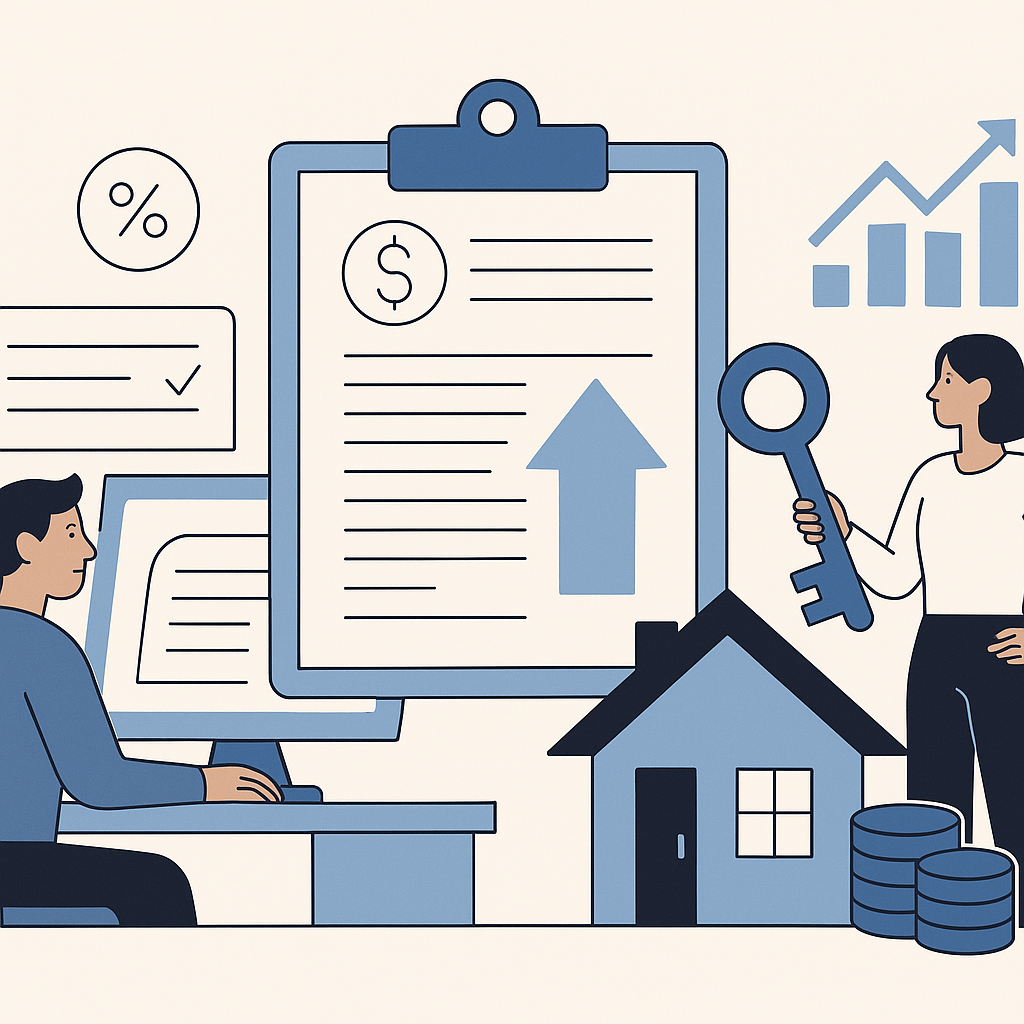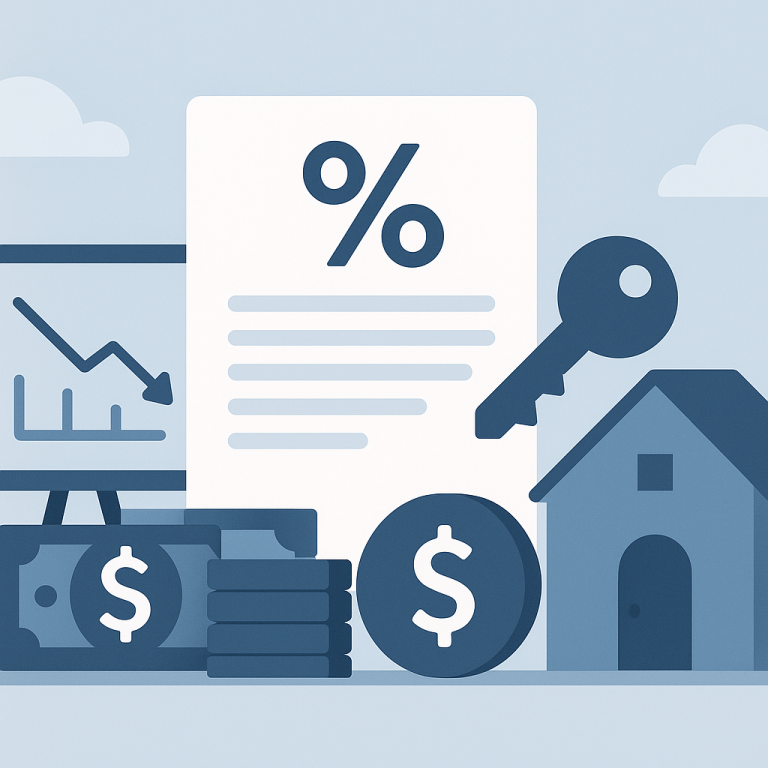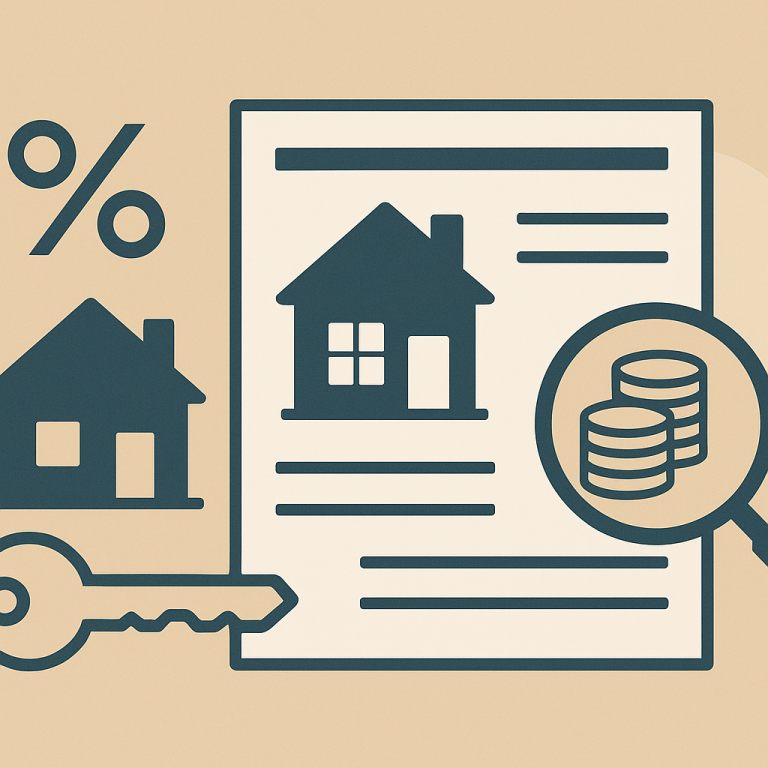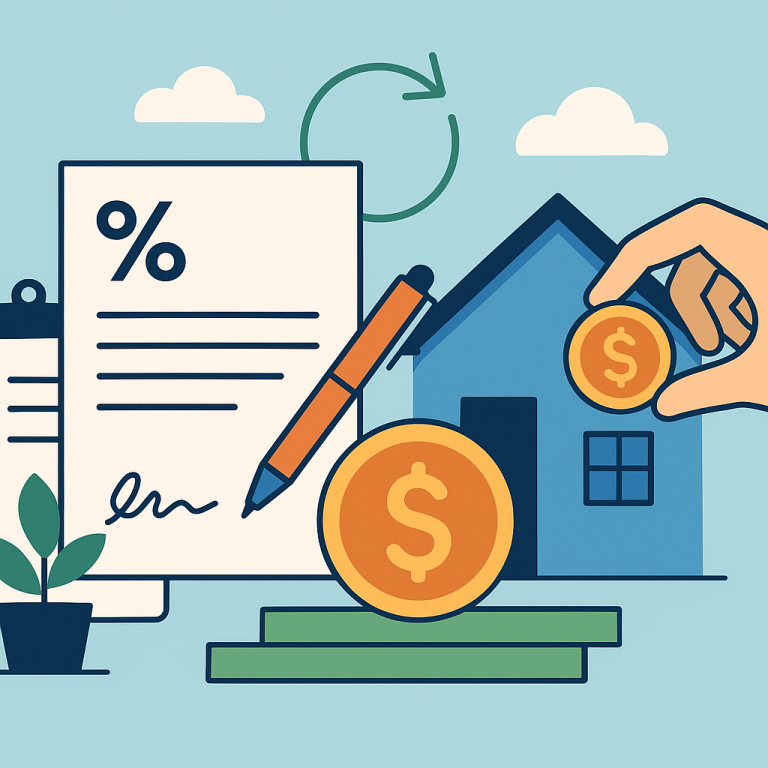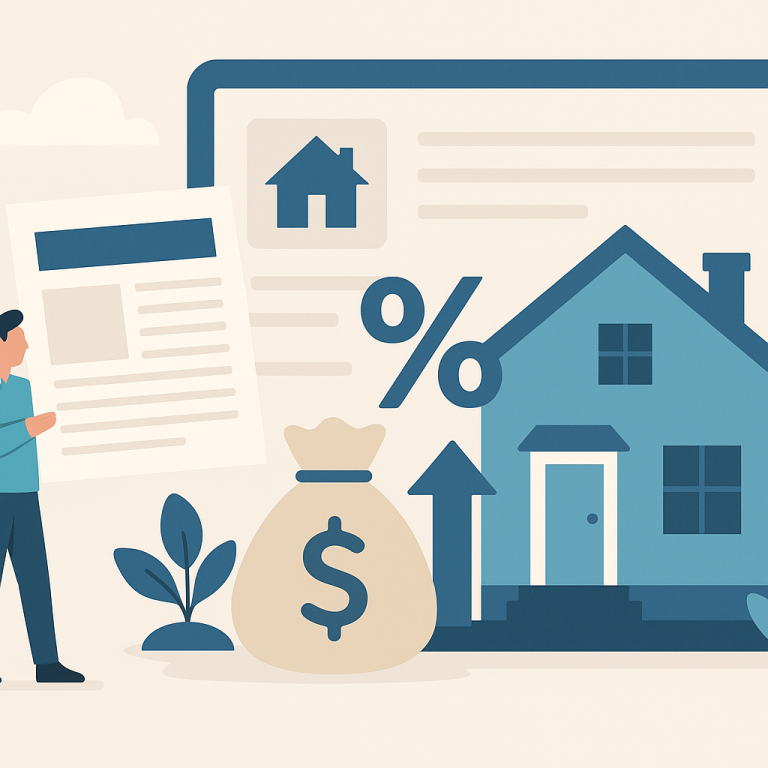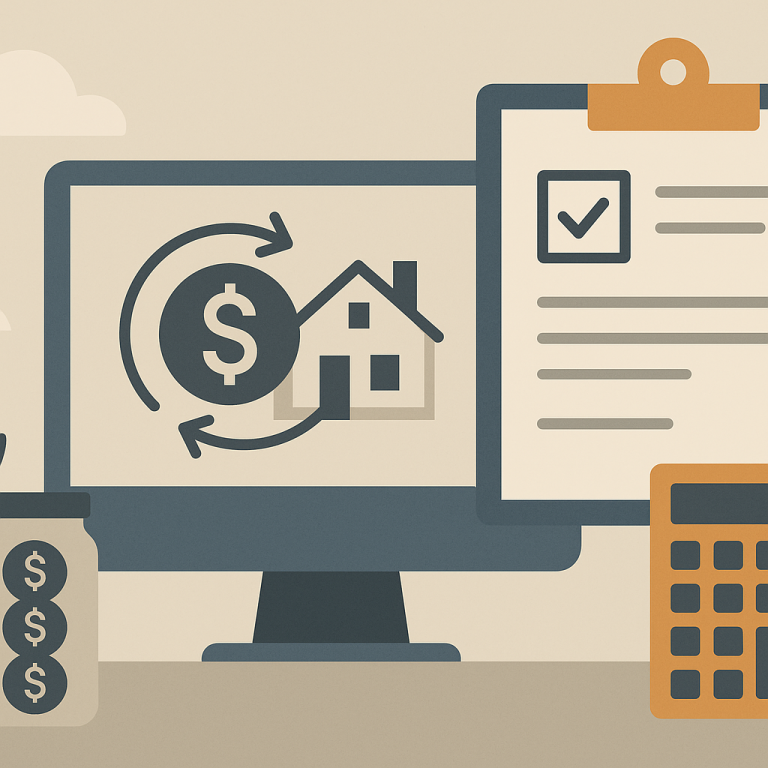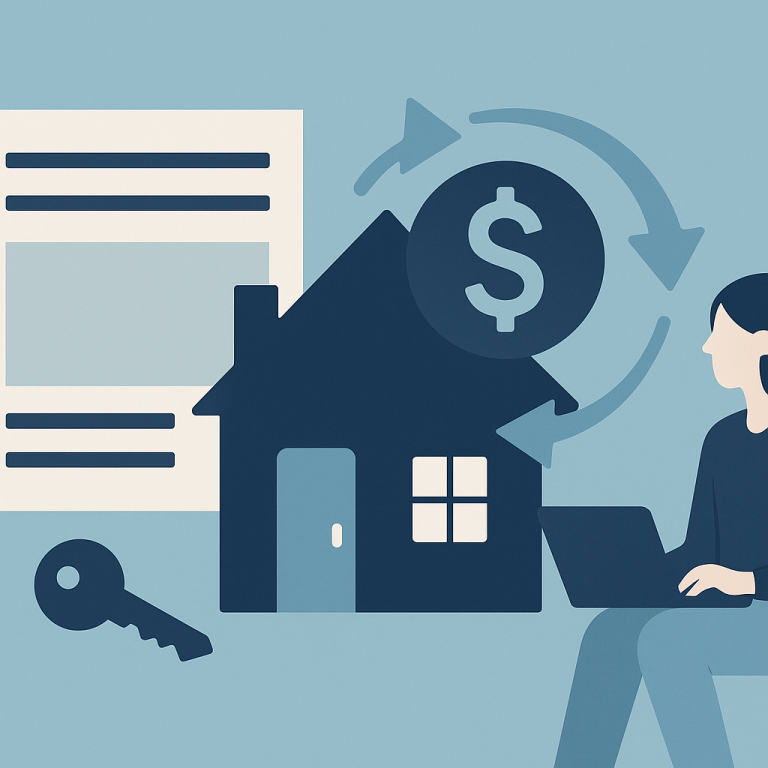Major Lender Cuts Mortgage Refinancing Fees 0.25 Points, Reducing Closing Costs
Refinancing to Shorten Your Mortgage Term: When It Makes Sense
Homeowners considering refinancing are commonly presented with multiple paths: lower monthly payments, cash-out options, or shortening the loan term. This article focuses on the single strategic angle of refinancing to a shorter mortgage term—trading a higher monthly payment for reduced total interest and an earlier payoff—and how homeowners should evaluate whether that trade-off is appropriate.
Why shorten the term?
Refinancing to a shorter term reduces the total interest paid over the life of the loan because payments amortize faster. For homeowners comfortable with increasing their monthly payment, this approach can build equity more rapidly and free them from mortgage debt sooner. It also locks in a new schedule that may align with retirement timelines, planned changes in household income, or long-term financial goals.
Key factors to evaluate
Deciding whether to refinance for a shorter term requires weighing several practical considerations:
- Current loan characteristics: remaining balance, remaining years, and whether the loan has features like prepayment penalties.
- New loan terms: the proposed term length and whether the interest rate is fixed or adjustable.
- Closing costs and fees: these add to the effective cost of refinancing and can extend the time needed to realize net savings.
- Monthly cash flow impact: whether the household budget can absorb the higher payment without reducing emergency savings or other critical expenses.
- Long-term plans: anticipated time in the home and other financial priorities such as education or retirement funding.
How to assess net benefit
Homeowners should run a simple comparison that incorporates both monthly payment changes and upfront costs. Estimate the new monthly payment under the shorter term and compare cumulative payments over a timeframe that reflects how long you expect to hold the loan. Include closing costs and any penalties. The point at which cumulative savings exceed the refinancing costs is the break-even point; a shorter break-even horizon strengthens the case for refinancing.
Situations where it often makes sense
Refinancing to a shorter term is typically attractive when the new rate is meaningfully lower than the current rate, when closing costs are moderate relative to the remaining balance, and when the homeowner intends to remain in the property long enough to recover costs. It can also be a prudent move for households with stable or growing income that prefer to allocate more cash toward debt reduction.
When to pause
Homeowners should be cautious if the new monthly payment would strain finances, if closing costs are high relative to expected savings, or if there is uncertainty about how long the homeowner will stay in the property. In such cases, alternatives—such as making additional principal payments on the current loan when cash allows, negotiating a loan recast, or choosing a more modest term reduction—may offer a compromise.
Takeaways for homeowners
- Refinancing to a shorter term can substantially reduce lifetime interest and speed equity building, but it increases monthly payments.
- Calculate the break-even timeframe including all fees to determine whether refinancing delivers net savings over your expected ownership horizon.
- Confirm budget resilience for the higher payment and consider alternative strategies if housing plans or income are uncertain.
- Shop multiple lenders for competitive pricing and evaluate loan features such as rate type and prepayment provisions before committing.
META: Shortening a mortgage term via refinance can be a powerful savings strategy when rates and timelines align; homeowners should prioritize clear calculations and cash-flow readiness before making the move.

